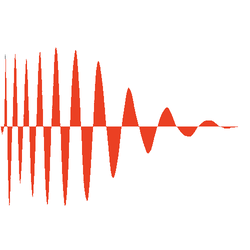VDSL, New Zealand’s missed broadband opportunity
Tuanz CEO Paul Brislen says Commerce Commission regulation artificially inflates the VDSL price. He says that’s one reason the copper-based broadband technology isn’t more widely used.
He has a point.
VDSL squeezes higher broadband speeds from cable networks than ADSL2+. That’s the main technology Chorus uses to deliver broadband to most of New Zealand through its roadside cabinet network.
Good for small business users
This makes VDSL a good interim technology while we wait for the UFB fibre network to reach the suburbs. In particular, it works well for video applications. According to TrueNet it suits most small businesses, especially those in suburban homes. VDSL also has potential in rural New Zealand.
Where I live, I see around 12 to 15Mbps down on my ADSL2+ connection. In theory I should get 1Mbps up, in practice I’ve never clocked uploads at that speed.
I’m 600 to 700m from the nearest Chorus cabinet. With VDSL I may get double today’s down speed and see perhaps 10Mbps up.
VDSL price makes it expensive option
As Brislen points out, VDSL2+ is expensive.
I pay $105 for a Telecom Total Home Broadband plan with 120GB of data. A VDSL2 plan with a similar amount of data costs around $160. There are gotchas with call prices and other aspects of the plans which will add to the cost. And I’d need to buy a new modem.
UFB fibre is due down my road – although maybe not past my house – in roughly two years from now. In round numbers a fibre plan with the same amount of data I enjoy today, but 100Mbps down, 30Mbps up will cost around $130.
All up, it would cost the thick end of $2000 to enjoy two years of being able to video-conference. That might just be worth the price if my colleagues and clients were keen to use video and were suitably equipped at their end. They’re not, so no VDSL for me.
